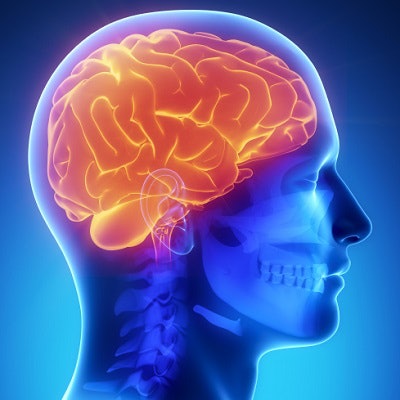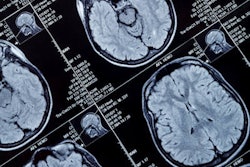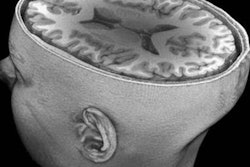
Researchers from the Massachusetts Institute of Technology (MIT) have combined MRI and a manganese-based contrast agent to image calcium activity deep in the brain to better understand how neurons communicate, according to an article published online February 22 in Nature Communications.
As signaling molecules, calcium ions provide a conduit for communication between most cells. Current calcium imaging techniques can only delve a few millimeters into the brain, and a more efficient noninvasive way to measure calcium signaling capabilities on a large scale has been elusive.
"To address this problem, we synthesized a manganese-based paramagnetic contrast agent, ManICS1-AM, designed to permeate cells ... and allow intracellular calcium levels to be monitored by MRI," explained the researchers led by Ali Barandov, PhD, a senior research scientist at MIT.
MRI was the modality of choice for this endeavor because it can detect magnetic interactions between an injected contrast agent -- in this case, ManICS1-AM -- and water molecules in cells. Last year, the researchers developed an MRI sensor capable of measuring extracellular calcium concentrations; however, the work was based on nanoparticles, which are too large to enter cells.
To rectify the problem, Barandov and colleagues created new calcium sensors that can penetrate the cell membrane. The ManICS1-AM contrast agent includes manganese bound to an organic compound, along with a calcium-binding arm called a chelator.
Once inside the cell, if calcium levels are low, the calcium chelator binds weakly to the manganese atom and shields the manganese from MRI detection. As calcium flows into the cell, the chelator binds to the calcium and releases the manganese, which is then detected by MRI.
Thus far, the researchers have tested their approach in rats by injecting the calcium sensors into the striatum and using potassium ions to stimulate electrical activity in neurons in that region of the brain. By doing so, they were able to measure calcium response in those cells.
The researchers hope to identify small clusters of neurons that are involved in specific behaviors or actions and better understand how different structures in the brain work together to process stimuli or coordinate certain behavior.
"There are amazing things being done with these tools, but we wanted something that would allow ourselves and others to look deeper at cellular-level signaling," added senior author Alan Jasanoff, PhD, from the department of biological engineering, in a release from MIT.
In addition, their MRI technique could be used to image calcium in other situations, such as the activation of immune cells. It also has the potential to be modified for use in diagnostic imaging of the brain or heart.


.fFmgij6Hin.png?auto=compress%2Cformat&fit=crop&h=100&q=70&w=100)





.fFmgij6Hin.png?auto=compress%2Cformat&fit=crop&h=167&q=70&w=250)











